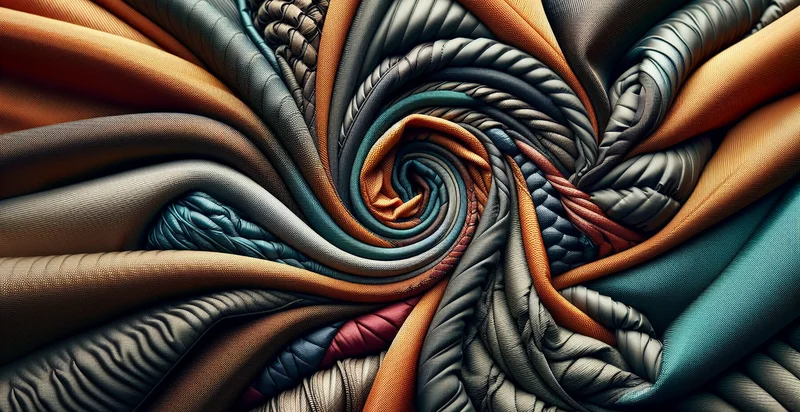Identify what material a handbag is made from
using AI
Below is a free classifier to identify what material a handbag is made from. Just upload your image, and our AI will predict what material the handbag is made from - in just seconds.

Contact us for API access
Or, use Nyckel to build highly-accurate custom classifiers in just minutes. No PhD required.
Get started
import nyckel
credentials = nyckel.Credentials("YOUR_CLIENT_ID", "YOUR_CLIENT_SECRET")
nyckel.invoke("what-material-a-handbag-is-made-from", "your_image_url", credentials)
fetch('https://www.nyckel.com/v1/functions/what-material-a-handbag-is-made-from/invoke', {
method: 'POST',
headers: {
'Authorization': 'Bearer ' + 'YOUR_BEARER_TOKEN',
'Content-Type': 'application/json',
},
body: JSON.stringify(
{"data": "your_image_url"}
)
})
.then(response => response.json())
.then(data => console.log(data));
curl -X POST \
-H "Content-Type: application/json" \
-H "Authorization: Bearer YOUR_BEARER_TOKEN" \
-d '{"data": "your_image_url"}' \
https://www.nyckel.com/v1/functions/what-material-a-handbag-is-made-from/invoke
How this classifier works
To start, upload your image. Our AI tool will then predict what material the handbag is made from.
This pretrained image model uses a Nyckel-created dataset and has 20 labels, including Bamboo, Canvas, Cotton, Denim, Faux Leather, Hemp, Jute, Leather, Linen and Mesh.
We'll also show a confidence score (the higher the number, the more confident the AI model is around what material the handbag is made from).
Whether you're just curious or building what material a handbag is made from detection into your application, we hope our classifier proves helpful.
Related Classifiers
Need to identify what material a handbag is made from at scale?
Get API or Zapier access to this classifier for free. It's perfect for:
- Material Verification for Retailers: Retailers can leverage the handbag material identifier to verify the authenticity of their products. By ensuring that the materials used match what is advertised, they can enhance customer trust and reduce the risk of returns due to misrepresentation.
- Quality Control for Manufacturers: Handbag manufacturers can implement this identification function in their quality control processes. By quickly assessing the materials used in production, manufacturers can ensure consistency and adherence to brand standards, ultimately improving product quality.
- Sustainability Reporting for Brands: Brands can use the material identification function to accurately report and promote their sustainability initiatives. By understanding the material composition of their handbags, they can better communicate the environmental impact of their products to consumers and stakeholders.
- E-commerce Product Listings: Online retailers can enhance their product listings by integrating the handbag material identification function. This will allow consumers to search for handbags based on material preferences, such as leather, canvas, or synthetic, improving the shopping experience and potentially increasing sales.
- Second-Hand Market Insights: Companies operating in the second-hand handbag market can introduce this function to assess the material of pre-owned items. This enables accurate appraisals and ensures that buyers receive clear and honest information about the handbag's composition, fostering trust and transparency.
- Trend Analysis for Designers: Fashion designers can utilize the material identifier to analyze material trends over time. By understanding which materials are most frequently identified in popular handbags, designers can make informed decisions about material sourcing and design choices that align with market demands.
- Consumer Education Initiatives: Brands can develop educational campaigns focused on material types and their implications for consumers. By utilizing the handbag material identification function, brands can provide interactive tools that allow consumers to learn about different materials, promoting informed purchasing decisions and enhancing customer engagement.


